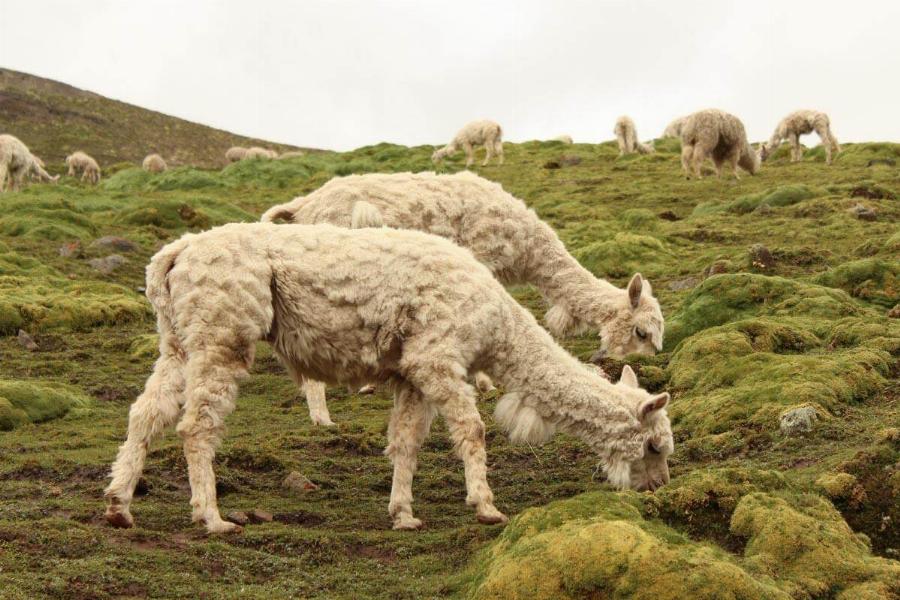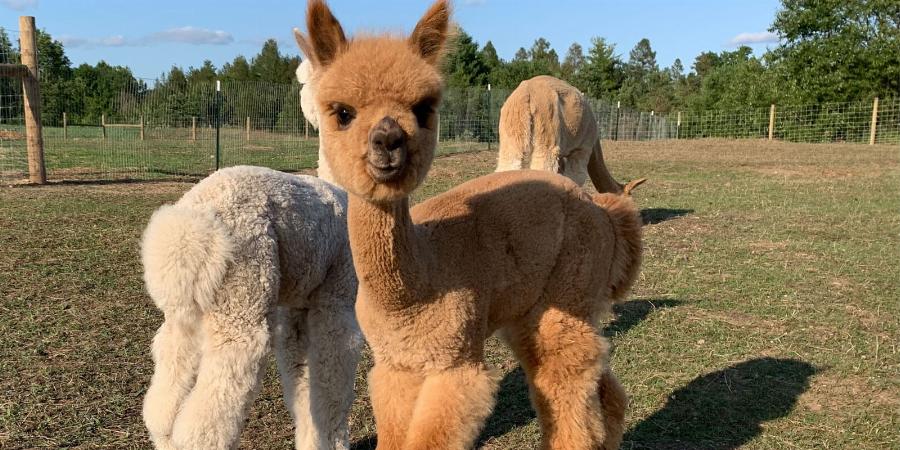Nội dung bài viết
- Origin and Significance of Alpacas
- Types of Alpacas and Their Characteristics
- Alpaca Care and Husbandry: Can Alpacas Eat Fescue Safely?
- What are the Risks of Fescue for Alpacas?
- How to Manage Fescue Pastures for Alpacas?
- The Alpaca Industry and Its Products
- Interesting Facts and Myths about Alpacas
- Frequently Asked Questions about Alpacas and Fescue
- Conclusion
Can Alpacas Eat Fescue? It’s a question many alpaca owners ponder, especially those with pastures dominated by this common grass. While fescue is a readily available and hardy forage, it’s crucial to understand the nuances of feeding it to alpacas. This article delves into the complexities of fescue as alpaca fodder, exploring its benefits, risks, and best practices for safe integration into their diet. Let’s unravel the mysteries of fescue and its role in alpaca nutrition.
Origin and Significance of Alpacas
Alpacas, originating from the Andes Mountains of South America, have a rich history intertwined with the indigenous cultures of the region. For centuries, these gentle creatures have been prized for their luxurious fleece, providing warmth and sustenance to Andean communities. Their significance extends beyond fiber production, as they also play a vital role in maintaining the ecological balance of their high-altitude habitats.
Types of Alpacas and Their Characteristics
Two primary types of alpacas grace the world: the Suri and the Huacaya. Suris are instantly recognizable by their long, silky, dreadlock-like fleece, while Huacayas boast a dense, crimped fleece, giving them a fluffy, teddy bear-like appearance. Both breeds exhibit gentle temperaments and unique fiber characteristics, contributing to the diverse range of alpaca products available.
 Alpaca Breeds: Suri and Huacaya
Alpaca Breeds: Suri and Huacaya
Alpaca Care and Husbandry: Can Alpacas Eat Fescue Safely?
Caring for alpacas involves providing a balanced diet, suitable shelter, and regular health checks. Now, let’s address the core question: can alpacas eat fescue? The answer is yes, but with caveats. Certain types of fescue, particularly endophyte-infected tall fescue, can pose health risks. These endophytes produce toxins that can negatively impact alpaca digestion and overall well-being.
What are the Risks of Fescue for Alpacas?
Endophyte-infected fescue can cause a range of problems, including reduced weight gain, decreased milk production, and difficulty regulating body temperature. It’s important to test your pasture for endophytes if you plan to incorporate fescue into your alpacas’ diet.
How to Manage Fescue Pastures for Alpacas?
Managing fescue pastures for alpaca grazing requires careful consideration. Choosing endophyte-free varieties or implementing management strategies to minimize endophyte levels is crucial. Regular pasture maintenance, including mowing and rotational grazing, can help mitigate potential risks.
 Managing Fescue Pastures for Alpacas
Managing Fescue Pastures for Alpacas
The Alpaca Industry and Its Products
The alpaca industry has blossomed globally, driven by the increasing demand for luxurious alpaca fiber. From soft, hypoallergenic sweaters to durable and warm blankets, alpaca products offer exceptional quality and comfort. This growing industry provides economic opportunities for communities involved in alpaca farming and fiber processing.
Interesting Facts and Myths about Alpacas
Alpacas are fascinating creatures, often shrouded in myths and misconceptions. Did you know that alpacas are social animals and thrive in herd environments? Or that they communicate through a series of soft hums and clicks? Debunking these myths and exploring the unique characteristics of alpacas adds to their allure and appreciation.
 Alpaca Herd Social Behavior
Alpaca Herd Social Behavior
Frequently Asked Questions about Alpacas and Fescue
Here are some frequently asked questions about alpacas and their relationship with fescue:
Q: Can alpacas eat fescue without any issues?
A: While alpacas can consume fescue, certain types, especially those infected with endophytes, can be harmful. Opting for endophyte-free varieties is recommended.
Q: What are the signs of fescue toxicity in alpacas?
A: Signs include weight loss, reduced milk production, difficulty regulating body temperature, and reproductive issues.
Q: How can I test my pasture for endophytes?
A: Contact your local agricultural extension office for information on testing procedures and resources.
Q: Are there alternative forages for alpacas besides fescue?
A: Yes, excellent alternatives include orchardgrass, timothy, and alfalfa.
Q: What is the best way to introduce fescue to alpacas’ diet?
A: Gradually introduce fescue into their diet, allowing them to adjust to the new forage.
Q: How can I ensure the safety of my alpacas grazing on fescue?
A: Choose endophyte-free varieties, implement proper pasture management techniques, and monitor your alpacas for any signs of illness.
Q: Where can I learn more about alpaca nutrition and care?
A: Consult with a veterinarian specializing in camelids or explore reputable online resources dedicated to alpaca husbandry.
Conclusion
Can alpacas eat fescue? The answer, as we’ve explored, is nuanced. While fescue can be a part of their diet, careful management is crucial to mitigate potential risks associated with endophyte-infected varieties. By understanding the specific needs of alpacas and implementing appropriate pasture management practices, we can ensure these remarkable animals thrive and continue to provide us with their incredible fiber and companionship. Explore the world of alpacas further and share your newfound knowledge with fellow enthusiasts. Remember, responsible alpaca ownership starts with informed decisions about their diet and well-being. Let’s continue learning and growing together in our appreciation for these amazing creatures. And don’t forget to explore the exquisite range of alpaca products available, showcasing the versatility and luxury of alpaca fiber.